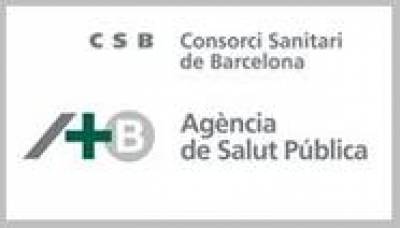Each of the following maps demonstrates the heterogeneous nature of neighbourhoods in Stockholm in terms of socio-economic characteristics. These maps highlight distinct patterns of geographical segregation within Stockholm, which vary by whether one examines social deprivation in the city by unemployment or educational attainment. According to educational attainment, the centre of Stockholm is generally more affluent compared to the suburbs located outside of the city. However, an inverse pattern is shown by levels of unemployment. Socio-economic indicators were derived from 2001 register data provided by Statistics Sweden.
The following socio-economic indicator maps are colour-coded; high concentrations of a socio-economic characteristic are represented by brown tones, which lighten as the concentration reduces. Intermediate concentrations of a socio-economic characteristic are represented by the white tone. The lowest concentrations are represented by green tones. Sparsely populated or uninhabitable areas were excluded from the analysis, and are shown in stripes. The following maps of Stockholm have been amplified in order to make the small areas more visible. For further information about how these maps were created, please visit the methodological section of the Atlas. Click on each image for a full-screen view of the maps below.
Unemployment
Area Distribution of Unemployment in Stockholm
This map shows the distribution of unemployment throughout Stockholm. The highest levels of unemployment (represented by dark brown) are clustered near the centre of Stockholm, spanning South and West. In contrast to the centre, the surrounding areas display significantly lower levels of unemployment. Areas with the lowest levels of unemployment (shown in dark green) are primarily located north of the centre. Whilst intermediate levels of unemployment (shown in white) are commonplace throughout the map, they are most dominant in the outskirts of Stockholm. This map demonstrates a clear pattern of social deprivation by levels of unemployment; whereby deprivation is more common in the centre of the city and in the outskirts of Stockholm.
Primary Education
Area Distribution of Adults with Low Educational Attainment in Stockholm
This map shows the area distribution of adults that completed formal schooling at the primary level in Stockholm. The geographical distribution of low educational attainment is remarkably different to that of unemployment shown above. The neighbourhoods most burdened by low educational attainment are those surrounding the centre of Stockholm (shown in brown and dark brown). The burden of low educational attainment diminishes as one moves towards the centre of Stockholm, where intermediate levels (shown in white) and reduced levels (shown in green tones) of low educational attainment become apparent. The neighbourhoods with the lowest levels of adults leaving formal education at the primary level (shown in dark green) are found in the centre of Stockholm. As with unemployment, there is a clear divide between the centre and the suburbs by low educational attainment in Stockholm. Yet, unlike the patterns shown by unemployment, this map shows that the outskirts of Stockholm face the larger burden of socio-economic deprivation represented by low educational attainment.
University Qualifications
Area Distribution of Adults with University Qualifications in Stockholm
This map shows the area distribution of the proportion of adults that have obtained university qualifications in Stockholm, and as expected, it demonstrates similar patterns to the map of low educational attainment. Areas most marked by low educational attainment also exhibit low levels of university qualifications, particularly in the Northern and Southern suburbs of Stockholm. Central areas in Stockholm are now largely brown, representing a high proportion of university qualifications in these neighbourhoods. Social deprivation, represented by low levels of university qualifications, is clearly concentrated in the outskirts of Stockholm, as opposed to the more affluent centre.
 Close
Close





